In Focus: David Adjaye and 'Making Memory', an exploration of the democratisation of the monument
David Adjaye's 'Making Memory' exhibition offers the rare chance to see buildings in the making and explore the working processes of a major architect, still in the middle of his career. Chloe-Jane Good paid a visit.
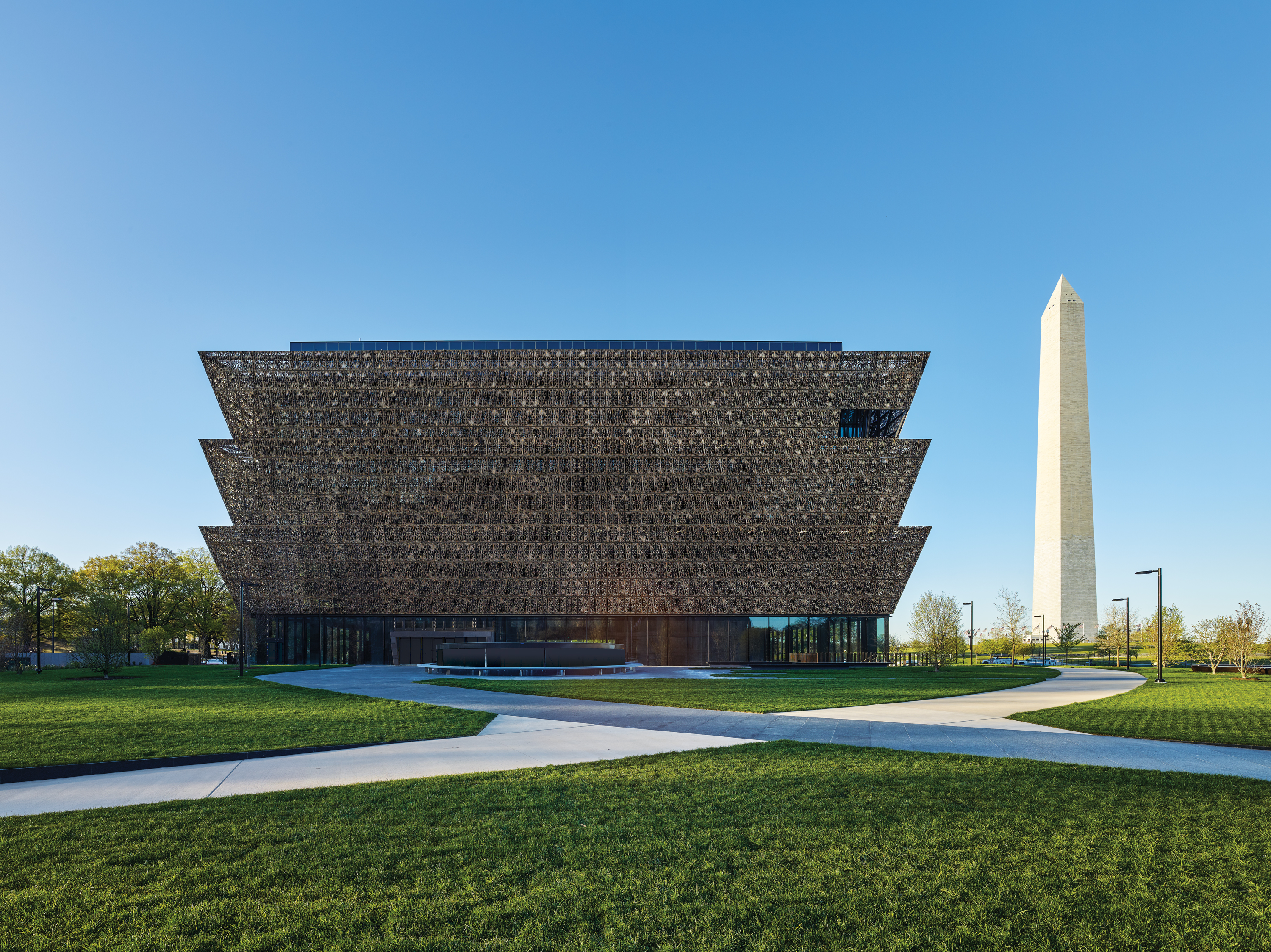
At the Design Museum in London, until August 4, an exhibition exploring seven monumental projects by British-Ghanaian architect, Sir David Adjaye OBE, presents a rare chance to see into the working processes of a major architect now in mid-career.
There are seven rooms; each dedicated to a single project, three of which have been realised while four are still in development or planning stage. Each room includes a video interview with Adjaye, background research material which informed and inspired his designs, an exquisitely detailed architectural model, and in some cases, prototypes or samples of materials used, or which were considered and abandoned, in final construction. A soundscape specially composed by the architect's brother, Peter Adjaye, accompanies each display.
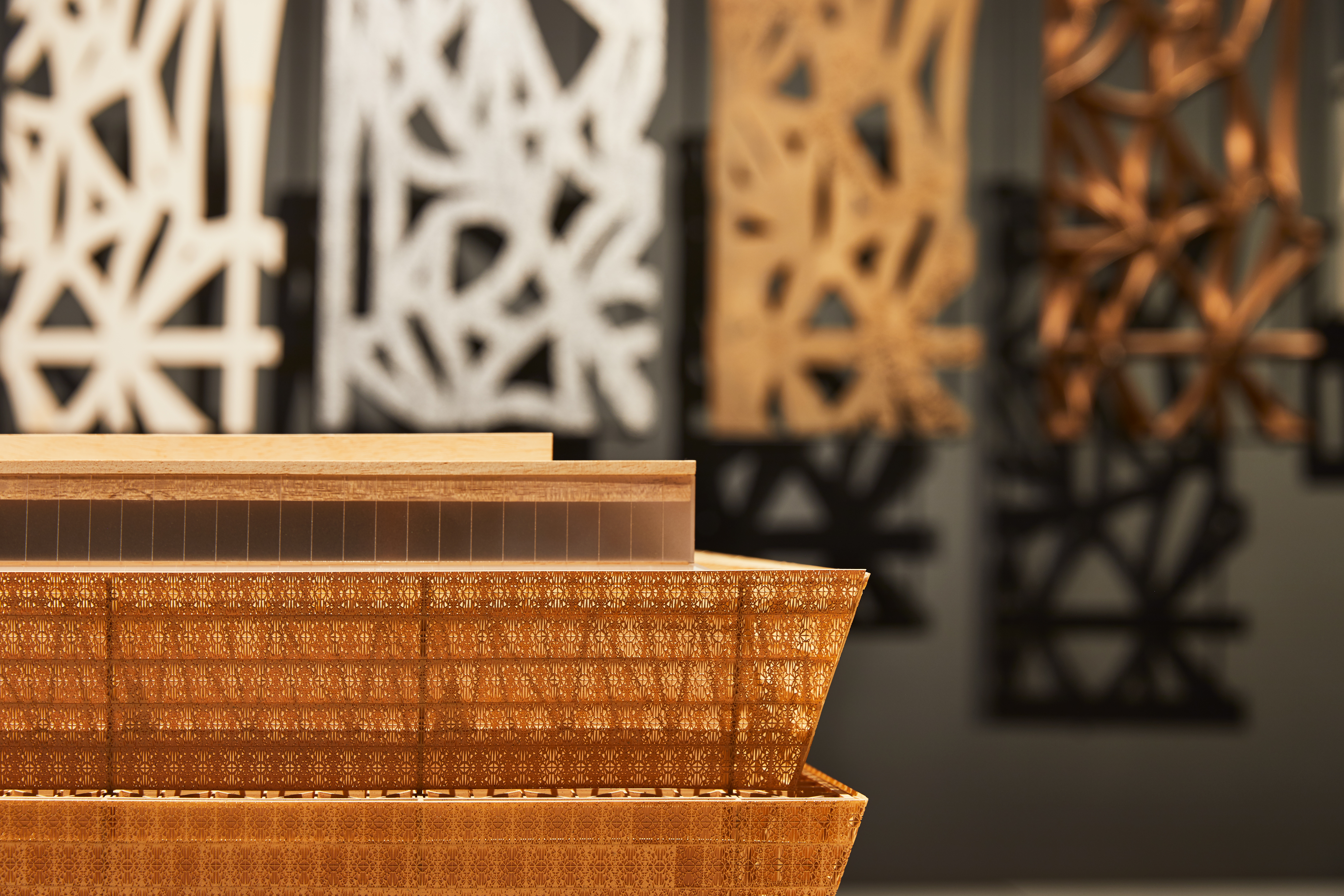
The entrance area of the exhibition preludes the seven rooms and the theme of making memory with a collection of photographs of existing structures which document a history of recognised forms of civic monuments - from ancient Egyptian pyramids and standing stones of Stonehenge, arches including Arc de Triomphe in Paris and The Independence Arch in Accra, Ghana, towering obelisks such as, Nelson’s Column in London, to the vast ground level, abstract but uniform Holocaust Memorial in Berlin by architect, Peter Eisenman.
Here, Adjaye sets out to question the austerity and authority of common forms of monuments and memorials. The obelisk and arch, for instance, demand reverence with their punctuating aerial scale. They are uncompromising structures dropped in the landscape or urbanscape. These forms, with their solidity, shallow depth and limited viewpoints, Adjaye suggests, inhibit dialogue and viewer involvement.
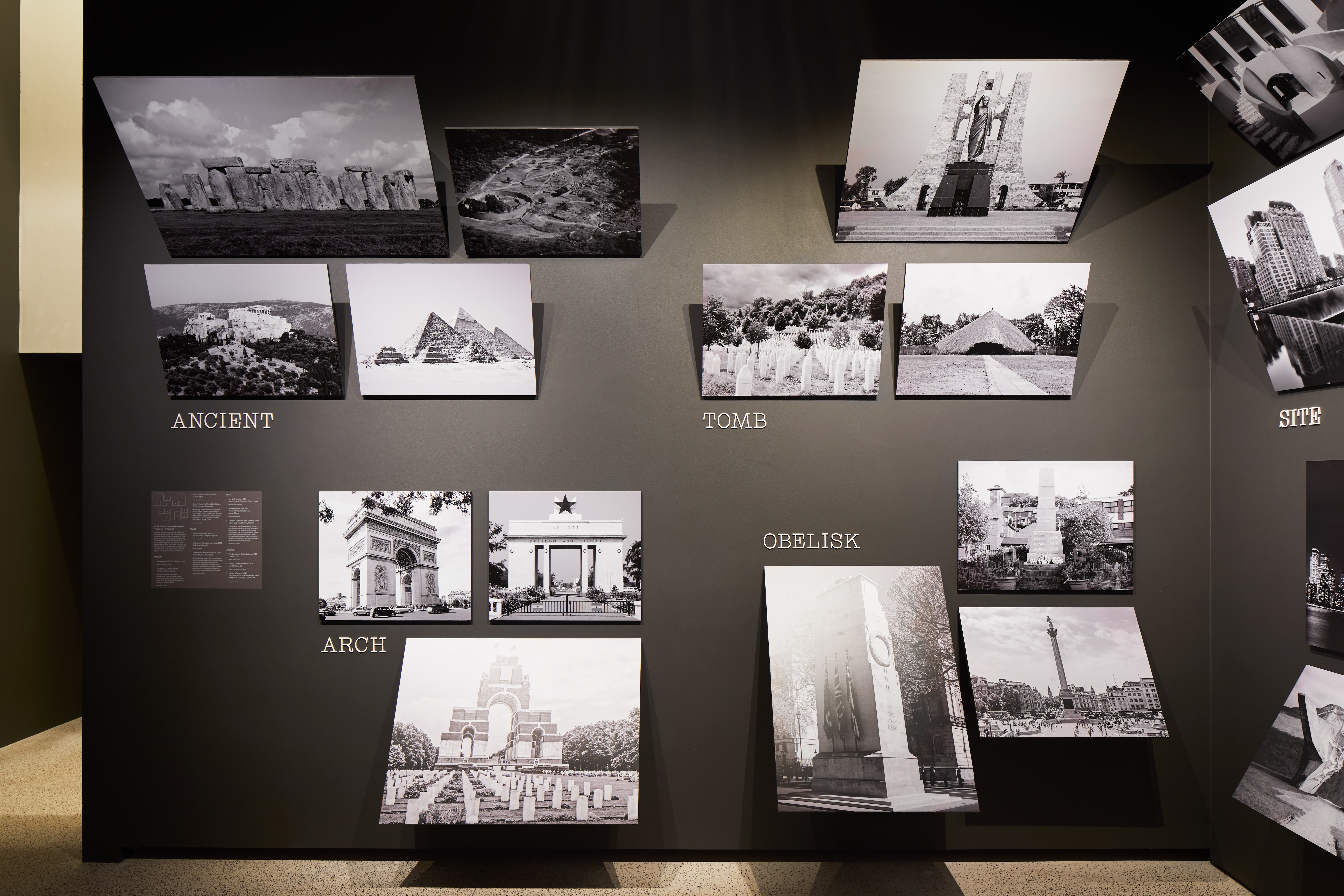
For Adjaye, the projects in this exhibition modernise concepts of public memorialisation and, in his own words, explore ‘the democratisation of the monument'. He believes the 21st Century monument should respond to its location in all its 3-dimensionality, tell a layered story, be entered into and journeyed around and through.
Perhaps the most impressive of all Adjaye’s achievements and included in this exhibition is the Smithsonian National Museum of African American History & Culture in Washington DC. It was completed in 2016, occupies the last remaining site on the National Mall and was inaugurated by the then president, Barack Obama. Delightfully, Adjaye’s building is adjacent, only 600 metres away, to the Washington Monument, a towering obelisk, and official photography shows them side-by-side.
NMAAHC is a long-awaited national marker of the African American contribution to the country’s cultural fabric and identity. It is profound that this major museum, situated at the heart of the U.S. capital, with its collection of artworks, memorabilia and artefacts, including some horrific tools of enslavement, confronts the not so distant history of extreme social injustices and cruelty at the hands of the American political system.
Exquisite houses, the beauty of Nature, and how to get the most from your life, straight to your inbox.
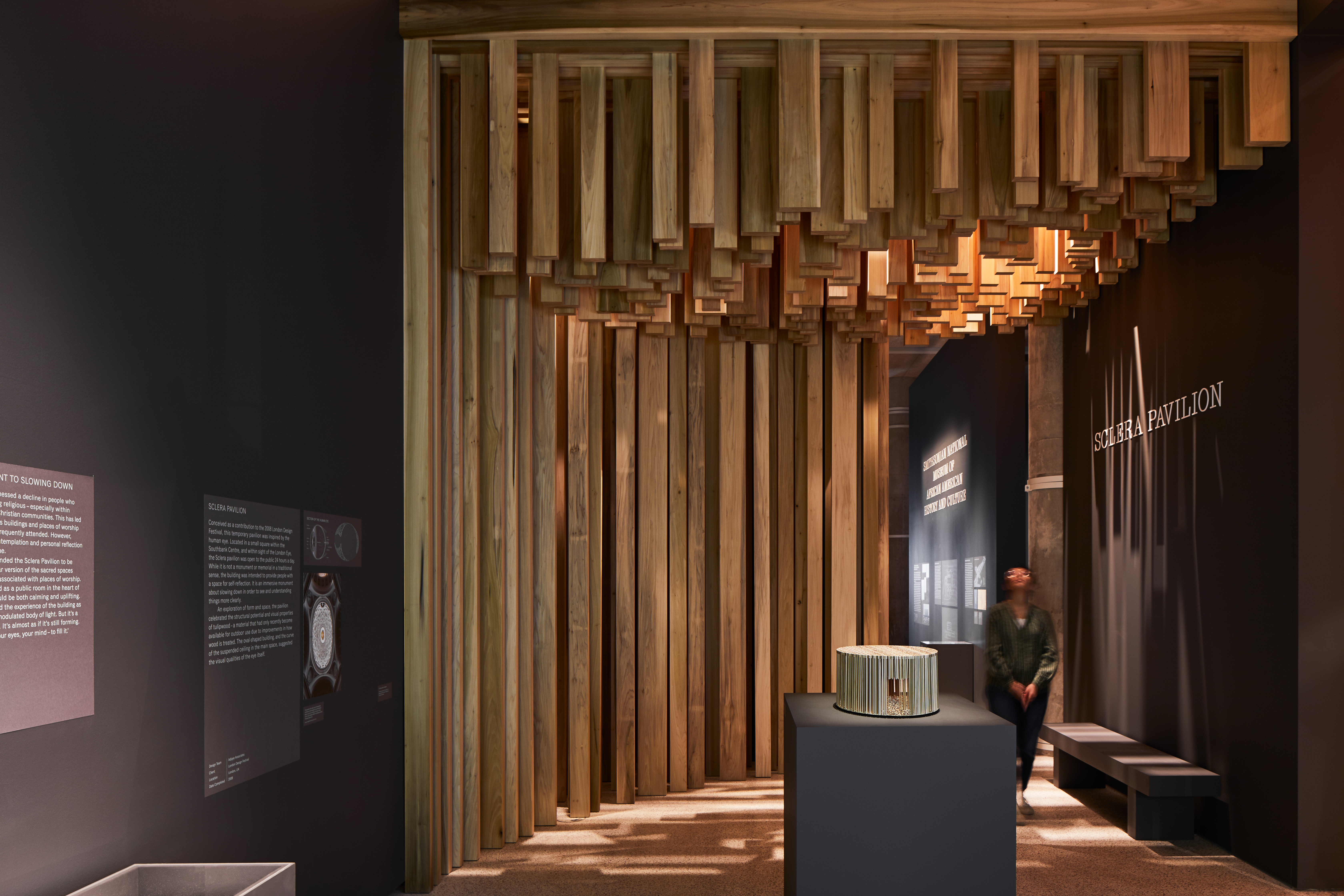
The building’s exterior is shrouded in a decorative and light-filled bronze filigree honouring the intricate ironwork crafted by enslaved African Americans in Louisiana, South Carolina, and elsewhere. The aboveground floors feature a base, an inverted pyramid in three steps and a corona. These steps, which form the museum’s logo, are inspired by the three-tiered crowns used in Yoruban art from West Africa and bring to mind the white “Dixie cup” sailor hat of the U.S. Navy. The isosceles trapeziums widen upward, as if growing out of the land. They uplift the building and, with it, its surroundings and the people there to see it. It is in opposition to its monolithic neighbour that tapers skyward to a sharp point as if it pierced the ground beneath, raising only itself.
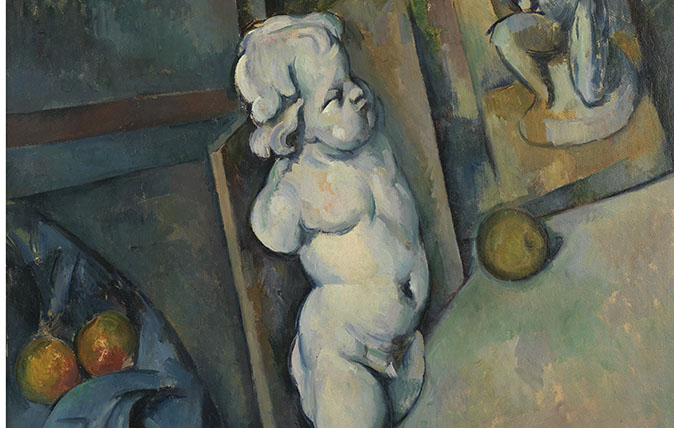
In Focus: The stunning collection of philanthropist Samuel Courtald, including Cézanne's most groundbreaking works
Courtald's collection of Impressionist works returns to The National Gallery for the first time in 70 years. Chloe-Jane Good takes
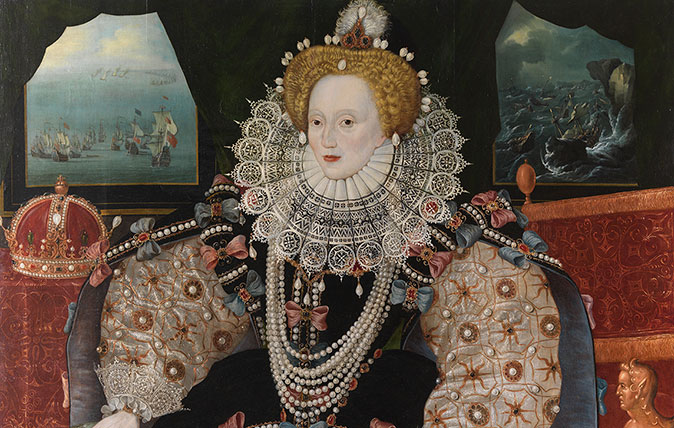
Credit: The Elizabeth I Armada Portrait, photographed after conservation was completed by Tina Warner/Jon Stokes. ©National Maritime Museum, Greenwich, London
In Focus: Queen Elizabeth I at the apogee of her power, restored to perfection for the Armada's anniversary
Chloe-Jane Good takes a look at the immaculately-restored 'Armada Portrait' of Queen Elizabeth I, on display at the Queen’s House
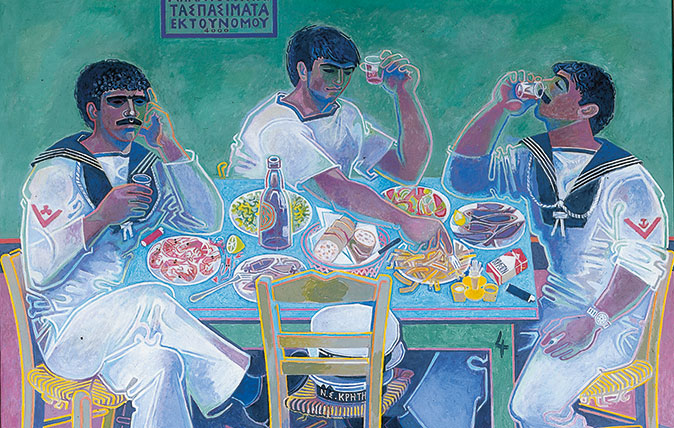
In Focus: The charmed life of Paddy Leigh Fermor and friends in Greece
The iconic writer Paddy Leigh Fermor and two of his friends in Greece – both artists, one a local man and
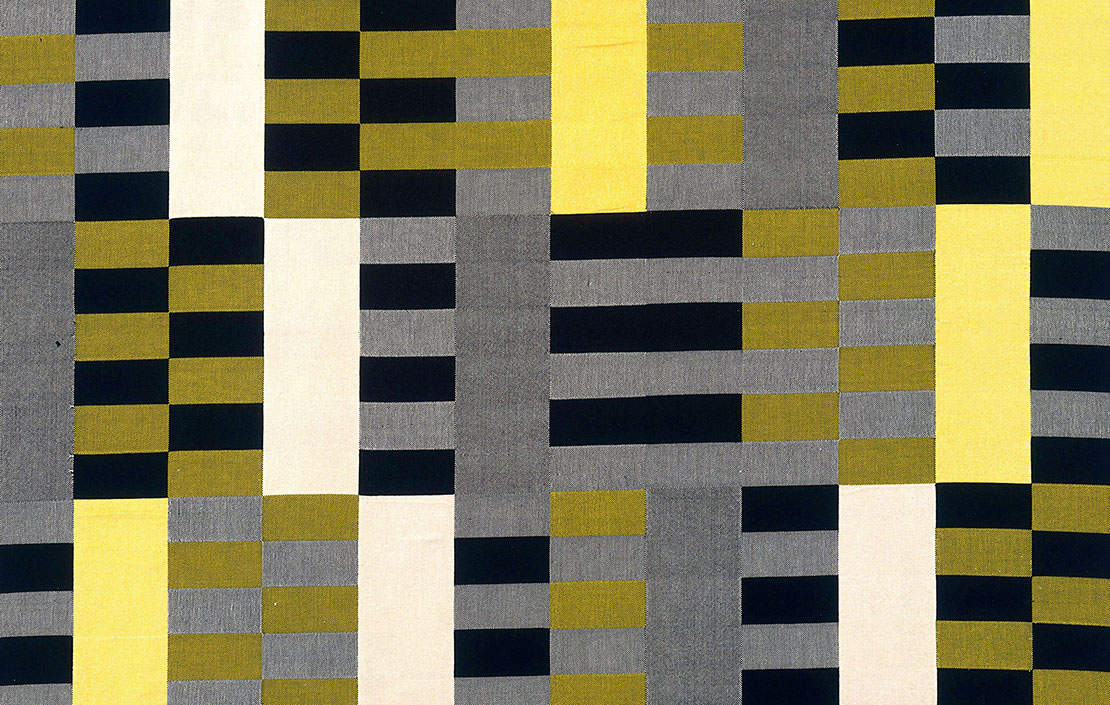
In Focus: The mesmerising work of Anni Albers, the Bauhaus graduate who turned weaving into fine art
Anni Albers' extraordinary talent for weaving elevated her craft to the very highest levels. Chloe-Jane Good takes a look at
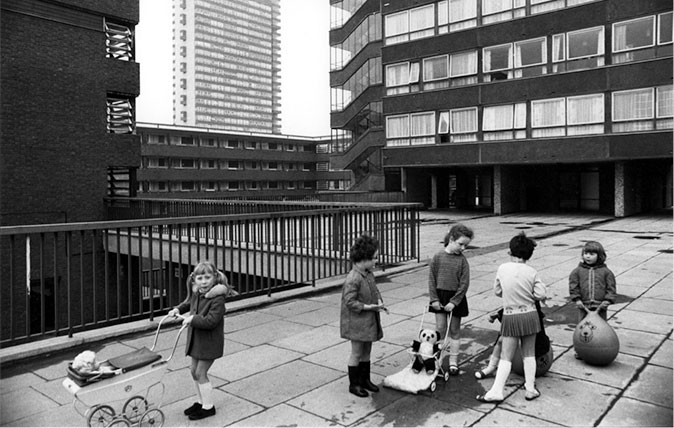
In Focus: A moment in time capturing the gulf between architects' dreams and residents' realities
Tony Ray-Jones was one of a generation of photographers who chronicled life in Britain in the 1960s and 1970s, demonstrating
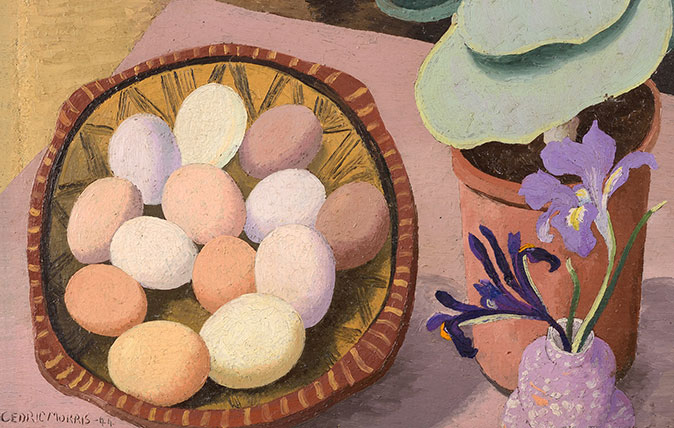
In Focus: The plantsman-turned-artist who found art in flowers, and painted from corner to corner
Cedric Morris's striking still life images have been largely forgotten for three decades, but three new shows are ending that
